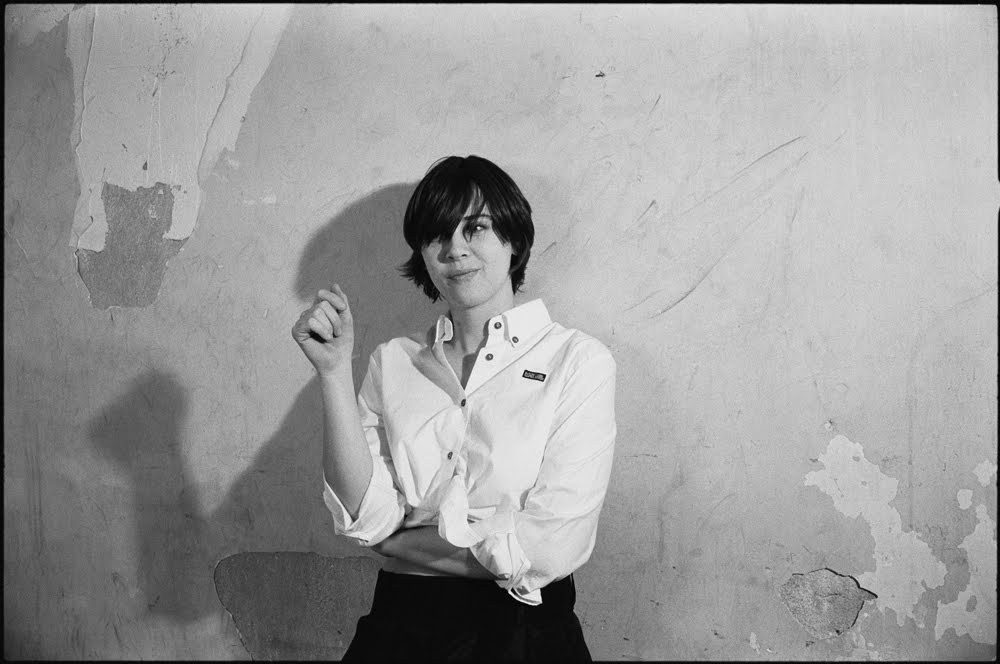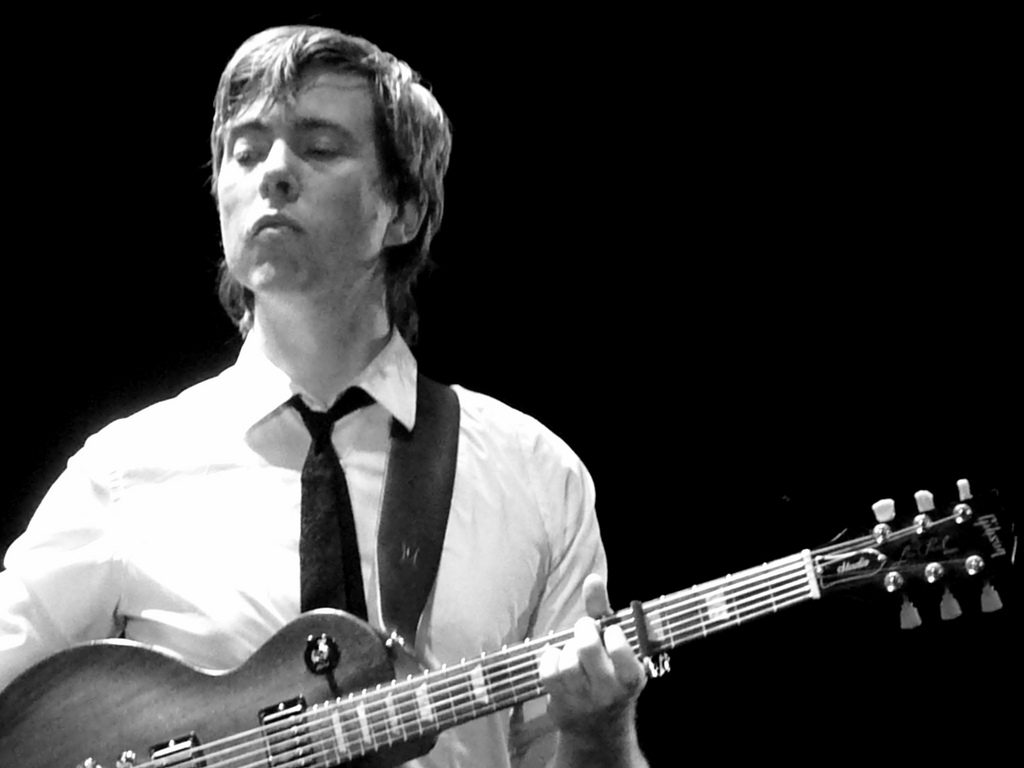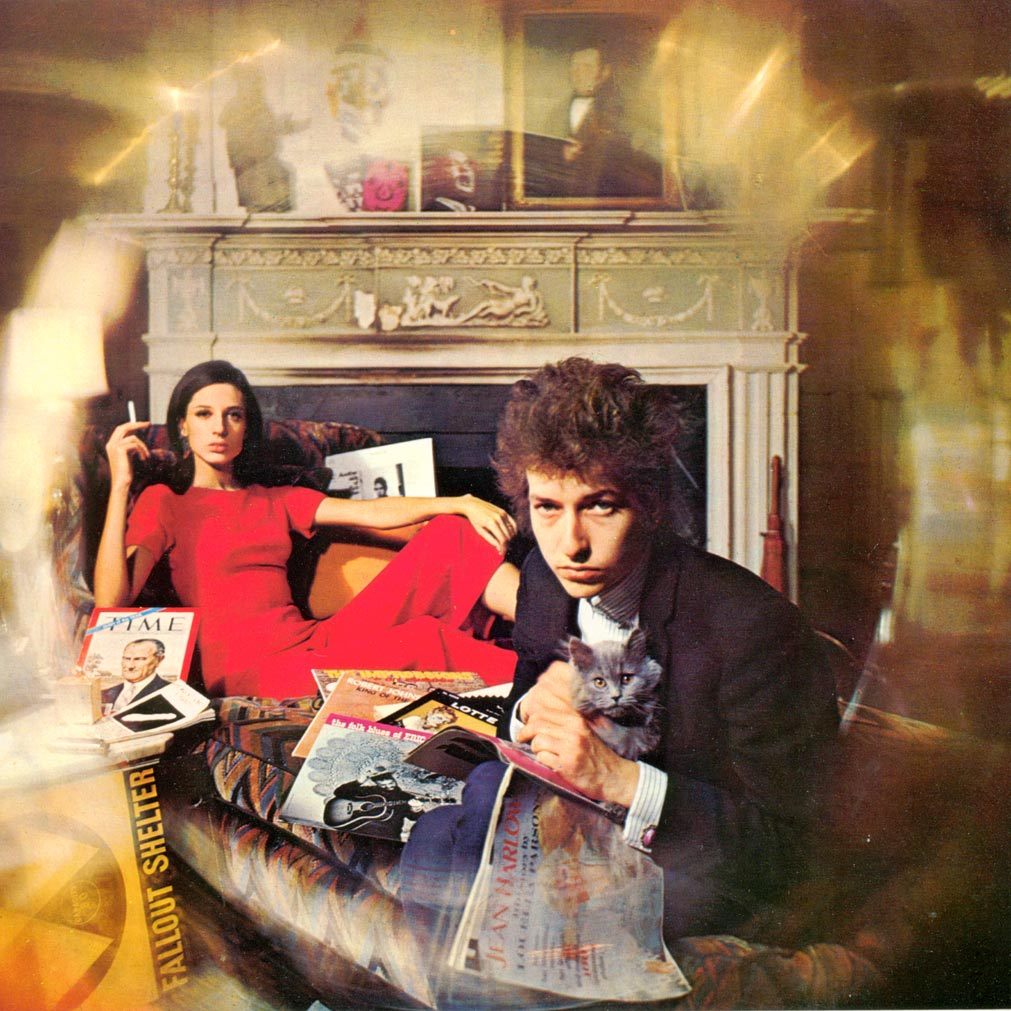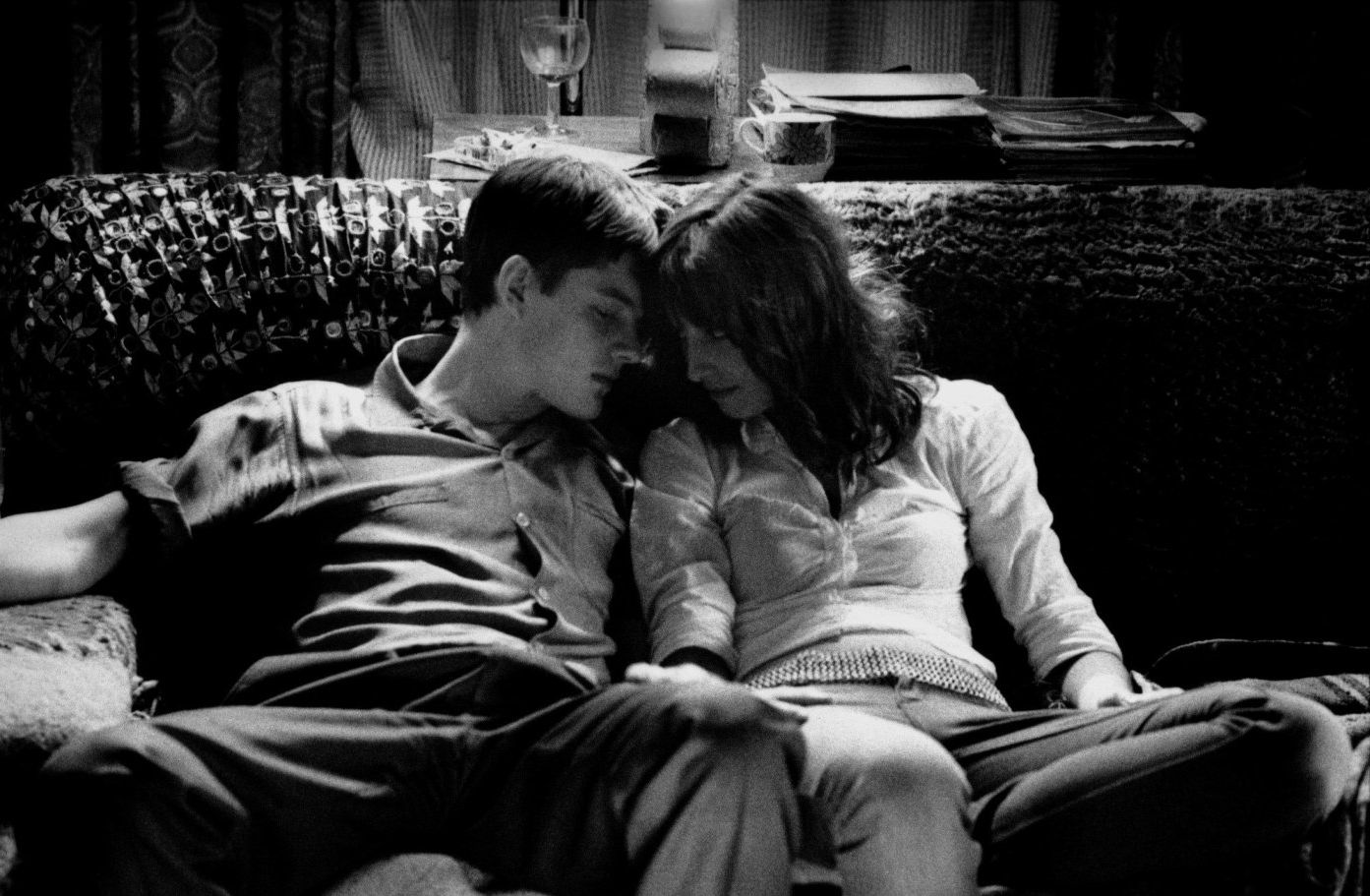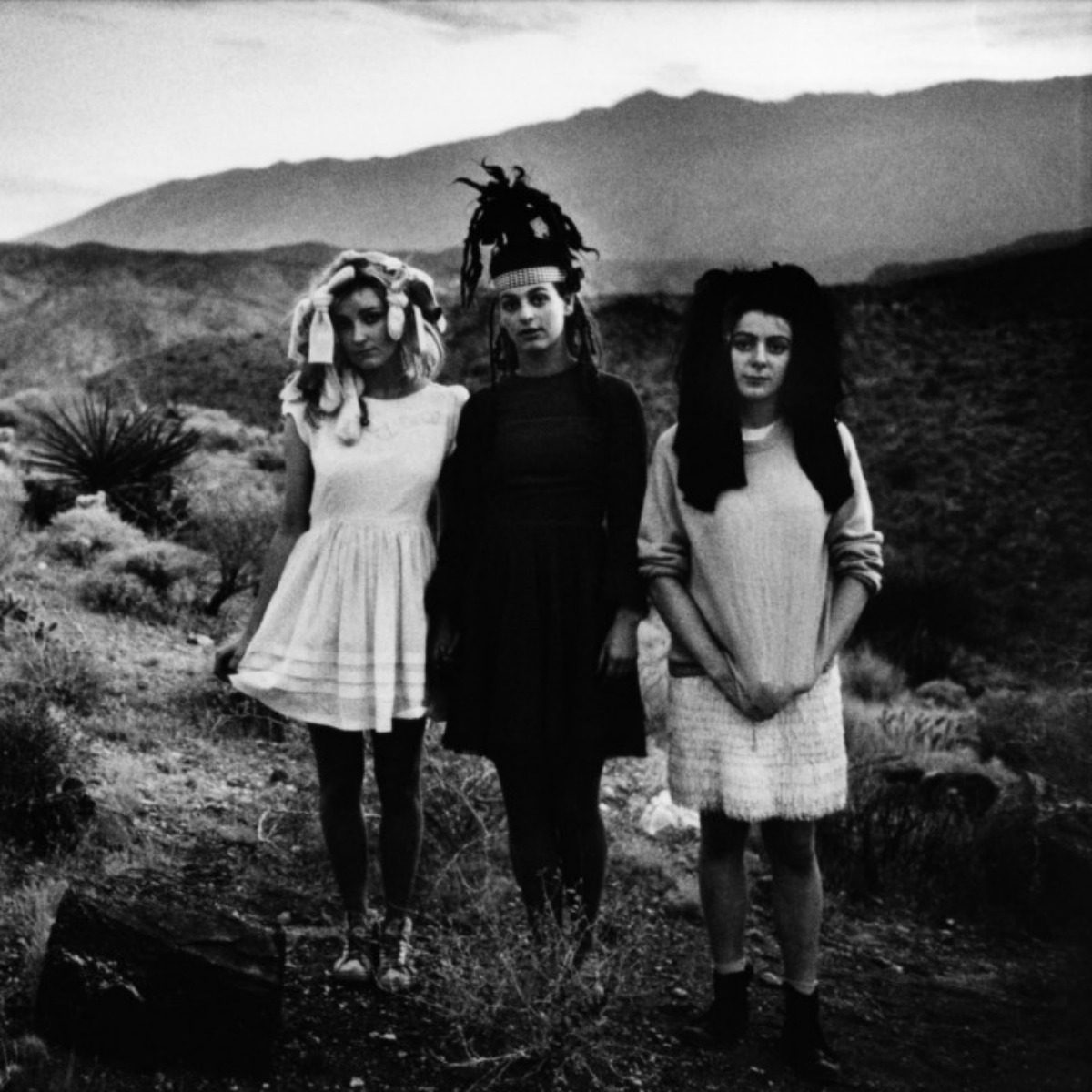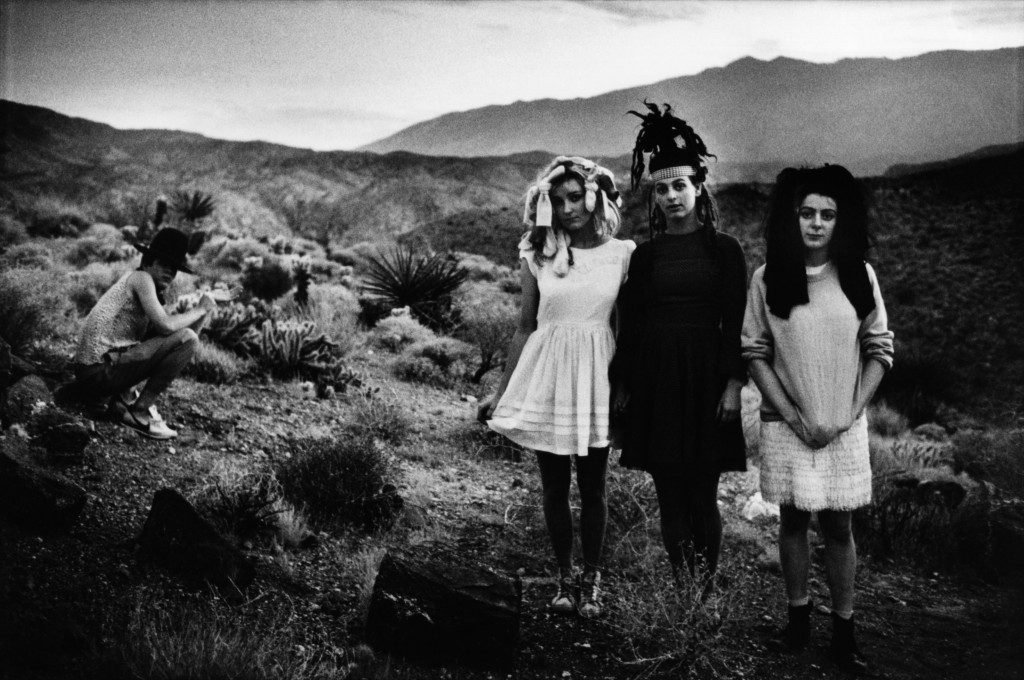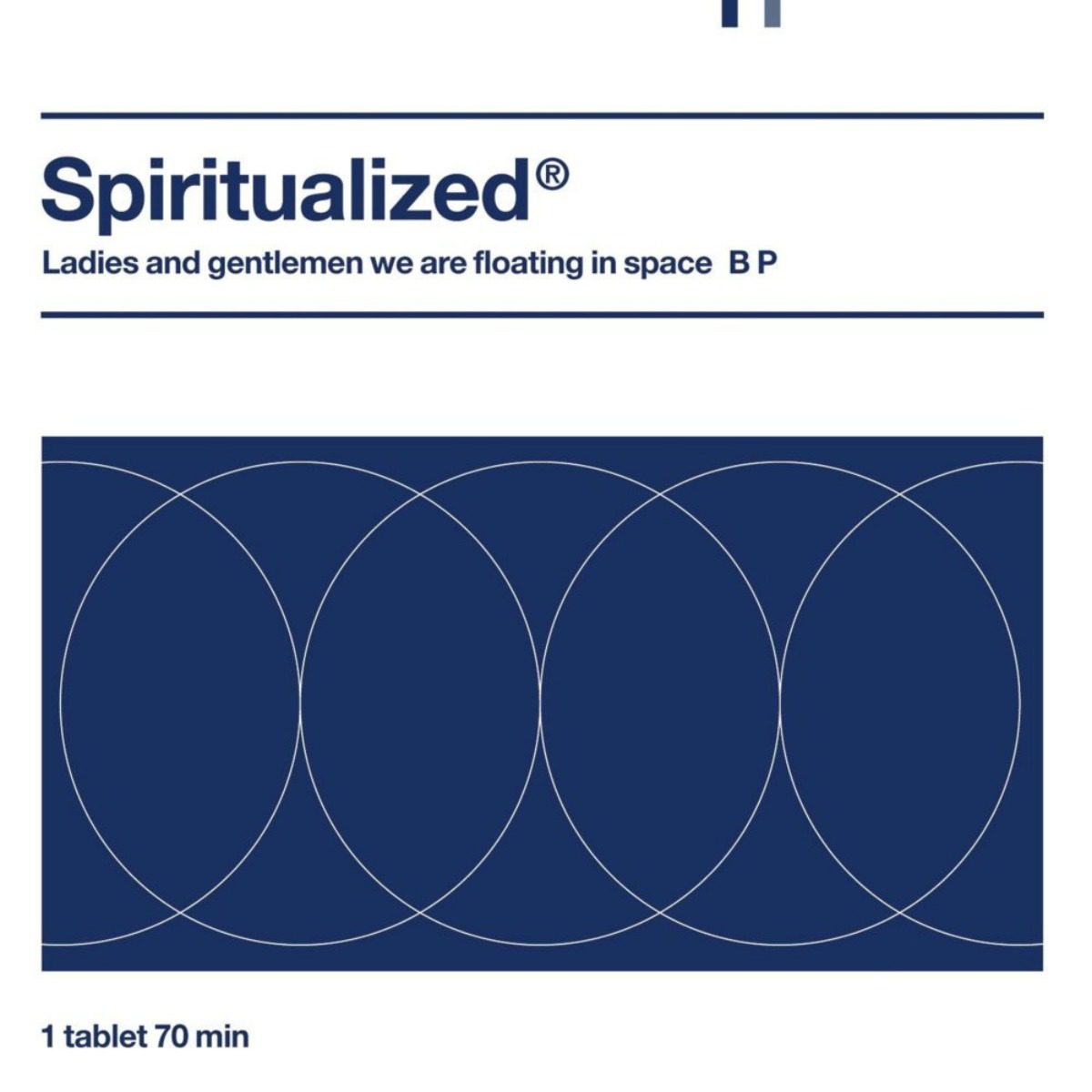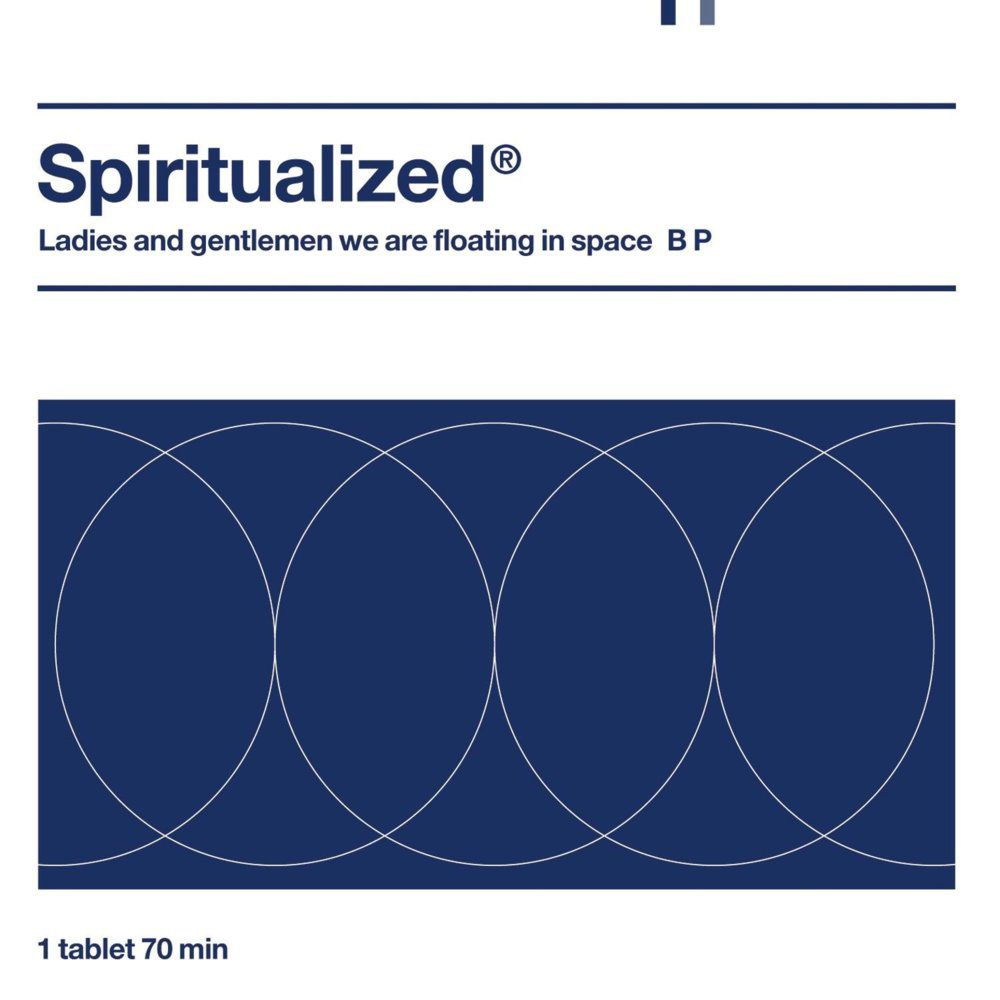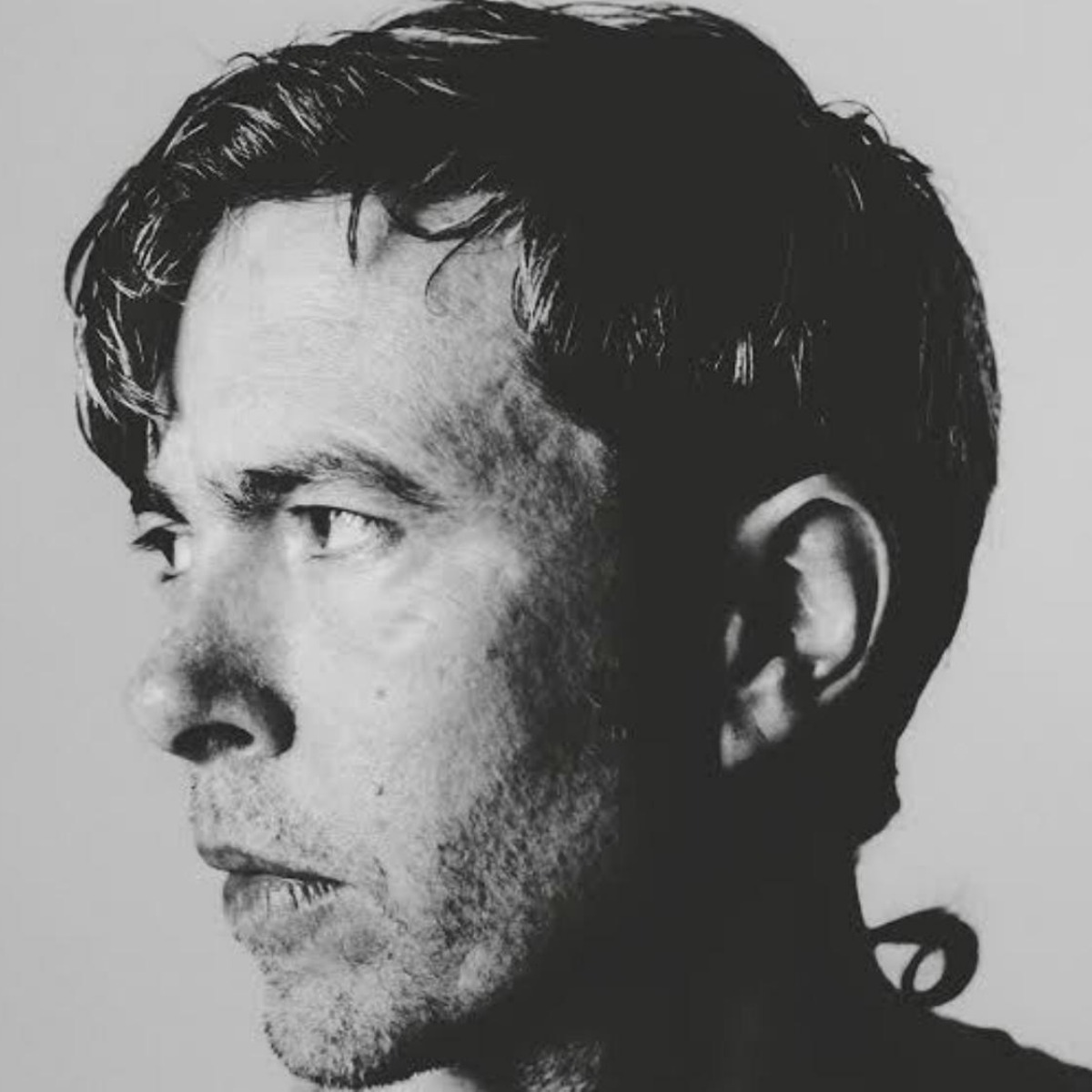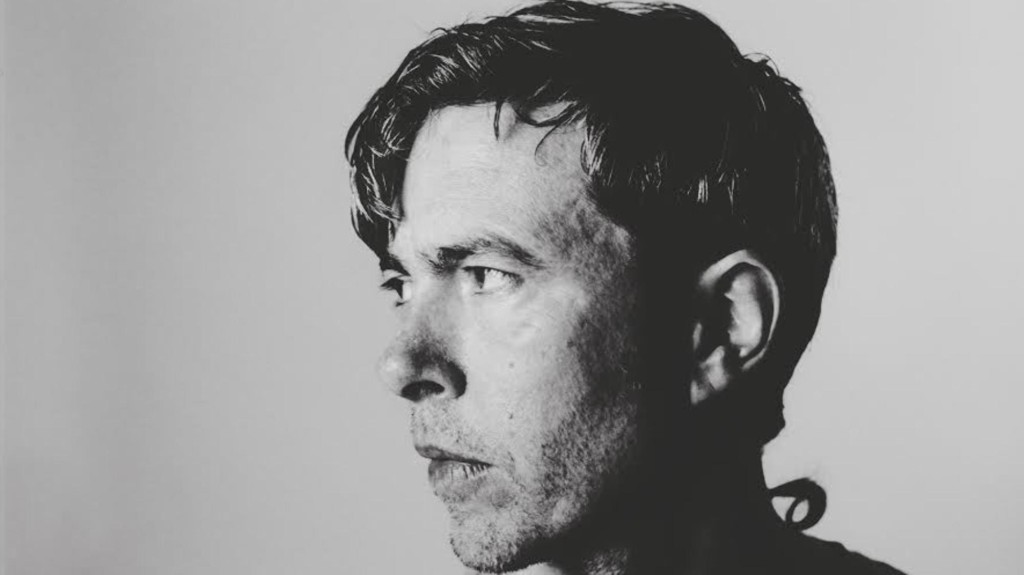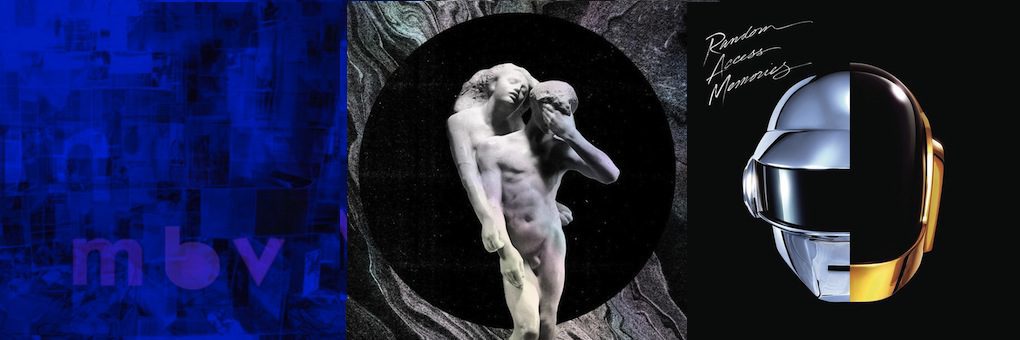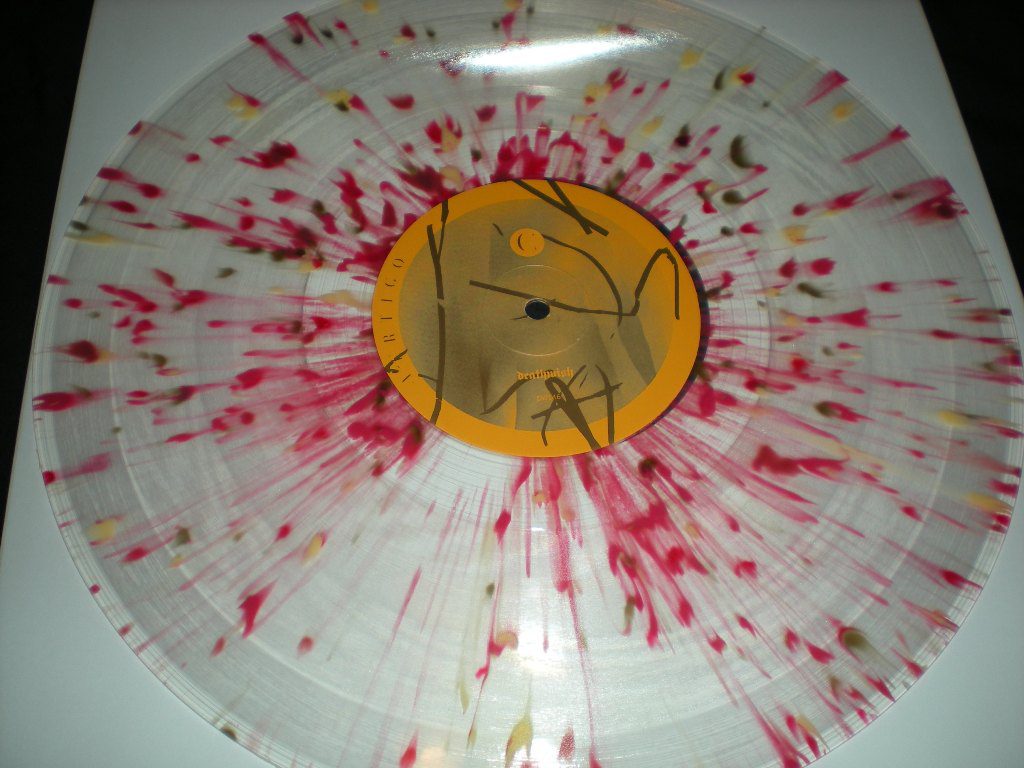

SXSW Takes Over Austin
It’s been a bit of a slow news week, with what seems like 9/10ths of the music industry in Austin for South by Southwest. If you haven’t been, it’s not structured like a traditional festival, with bands scheduled to play certain stages; rather, the entire city is engulfed by musical chaos and madness, with showcases in bars, restaurants, hotel lobbies, record stores, the middle of the street, literally anywhere you can plug in audio equipment (and a few places you cannot). While some bands only play a few of these parties, there are a good number of bands who try to play as many times in the span of five days as is humanly possible. And we haven’t even gotten to the zany marketing maneuvers pulled by start-ups and tech companies and big name brands alike who act as sponsors, adding a little extra overwhelm to an already overwhelming situation.
This year, the big buzz band appears to be CHAI, the matchy-matchy Japanese quartet that just released their genre-bending debut PUNK to Best New Music accolades. Before the festivities got underway, Father John Misty played a surprise set at Netflix’s Speakeasy. Flying Lotus has been teasing his return via what looks to be sidewalk graffiti. Surviving Beastie Boys Mike D and Ad-Rock discussed their forthcoming memoir Beastie Boys Book in an enlightening keynote where they revealed they’ll be starring in some Spike Jonze-directed shows in Philly and Brooklyn to promote it. Bill Nye (yes, the Science Guy) crashed a Q&A with everyone’s favorite House Rep, Alexandria Ocasio-Cortez to ask some questions about climate change. John Boehner came to bloviate about weed legalization now that he’s got money in the game (he was formally against it). A volunteer was caught scalping $1,650 festival badges (who pays this amount? is that even real?). Oh, and some people showed some films.
That New New
Vampire Weekend’s Jonah Hill-directed jaunt through several Manhattan delis has finally arrived; it inexplicably features Jerry Seinfeld and Fab 5 Freddy and to be honest makes me extremely dizzy.
Y’all still on board with Grimes? Frustrated that her album is taking too long, she’s decided to start dropping demos on the regular starring avatars she made up, sorta like Gorillaz, according to the text posted on YouTube below this first clip, in which she plays a character called “Dark” performing a track called “Pretty Dark.” This is what happens when you hang out with Elon Musk.
Holly Herndon is definitely on track to usurp Grimes’ weirdo pop throne with her latest single from PROTO, out May 10 on 4AD.
Frankie Cosmos announced the release of a digital only collection of piano-driven songs she recorded without her backing band, called Haunted Items, by shared its first two tracks; she plans to release the others gradually over the next few weeks.
King Gizzard & The Lizard Wizard are evidently looking to get in on that “Baby Shark” market with the video for the title track to their upcoming LP Finding Fishies.
Carly Ray Jepsen serenades a very handsome ginger boi in the video for “Now That I Found You.”
Anderson .Paak had shared the first single from his forthcoming Ventura LP (out April 12). Its title is a reference to Lebron James and ref whistles pepper the jazzy track, but the political lyrics go much deeper than sports chatter.
Gold Panda surprise-released a collection of spoofy house tracks under the moniker DJ Jenifa.
End Notes
- If you’ve ever wanted to learn about the art of distortion for J. Mascis, now’s your chance – he and the other members of Dinosaur Jr. are hosting three days of workshops known as Camp Fuzz in upstate New York at the end of July.
- Most of the Glastonbury lineup has been announced – the legendary British festival will feature headliners the Cure, the Killers, and Stormzy, with Janelle Monáe, Kylie Minogue, Janet Jackson, Tame Impala, Lauryn Hill, Vampire Weekend, Christine and the Queens, the Streets, Rosalía, Hot Chip, Lizzo, Sharon Van Etten, Kamasi Washington, Jorja Smith, the Chemical Brothers, Cat Power, Neneh Cherry, Low, Kurt Vile, Interpol, and more playing further down the bill. More bands will be announced in the lead up to the June 26 opening day.
- The Roots have announced the lineup for their annual Philly festival
- Smog frontman Bill Callahan will embark on a rare US tour in June and July.
- The Lou Reed Archive opens at the New York Public Library today, so they’re issuing 6,000 limited edition library cards featuring Mick Rock’s iconic Transformer portrait.
- If you’ve still got a tape deck, you’re in luck – Björk is re-releasing all nine of her albums on candy-colored cassette tape.

